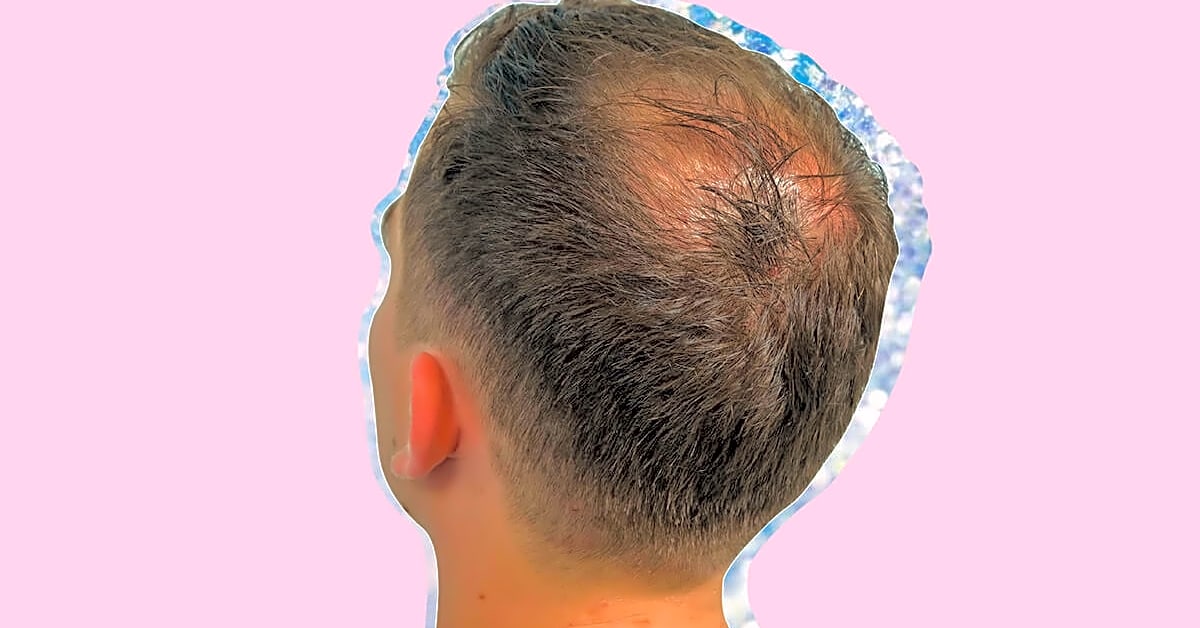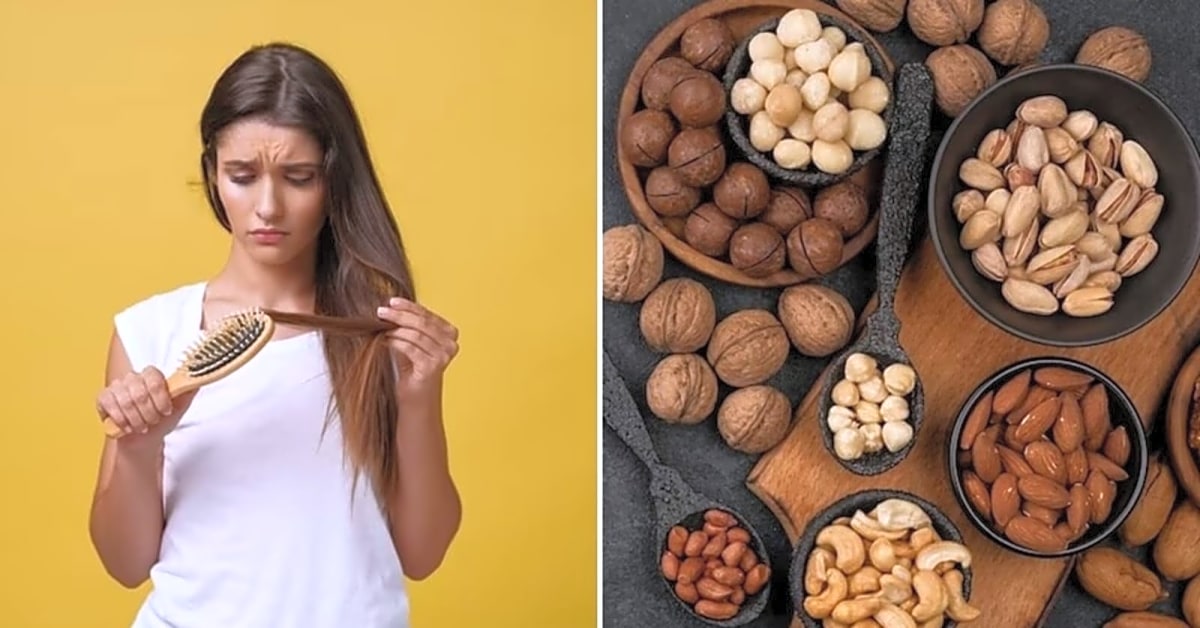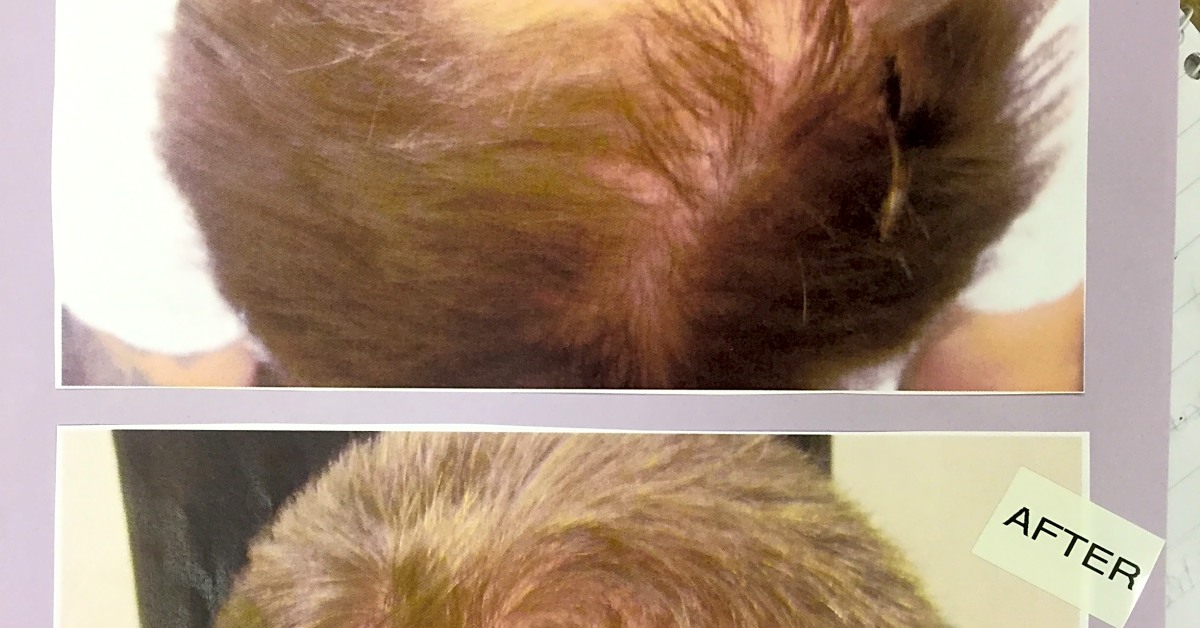Male pattern baldness is a common condition that affects millions of men worldwide. It is characterized by a receding hairline and thinning of hair on the top of the head, eventually leading to complete baldness. While many may view this as a cosmetic issue, male pattern baldness is actually caused by genetic factors and can have a significant impact on a person’s self-esteem and confidence. In this article, we will delve into the science behind genetics and male pattern baldness, exploring the various causes and risk factors that contribute to this condition. We will also discuss prevention methods and treatment options that can help slow down or even reverse the effects of male pattern baldness. Whether you are experiencing hair loss or simply curious about the topic, this article will provide valuable insights and information on the role genetics play in male pattern baldness.
Welcome to our comprehensive article on genetics and male pattern baldness. If you or someone you know is experiencing hair loss, you’re not alone. Millions of people around the world are affected by male pattern baldness, which can be a frustrating and sometimes embarrassing issue. In this article, we’ll cover everything you need to know about the genetic causes of male pattern baldness, as well as ways to prevent and treat it.
First, let’s start with the basics – what exactly is male pattern baldness? Male pattern baldness, also known as androgenetic alopecia, is a condition that primarily affects men. It is characterized by a gradual thinning of the hair on the scalp, typically starting at the temples and crown of the head. The hair follicles in these areas become smaller over time, producing finer and shorter hairs until eventually, they stop producing hair altogether.
But what causes male pattern baldness? As the name suggests, genetics play a significant role in this condition. Studies have shown that male pattern baldness is inherited from both sides of the family, with genetics accounting for up to 80% of cases. Specifically, a gene called the androgen receptor gene has been linked to male pattern baldness. This gene is responsible for regulating hair growth in response to hormones called androgens.
Now that we understand the genetic basis of male pattern baldness, let’s talk about prevention. While there is no surefire way to prevent male pattern baldness if you have a genetic predisposition to it, there are some steps you can take to slow down or delay the process. These include maintaining a healthy diet and lifestyle, reducing stress, and avoiding harsh hair treatments.
However, if you are already experiencing hair loss, there are several treatment options available. These include medications such as finasteride and minoxidil, which can help slow down hair loss and even promote new hair growth. Other options include hair transplant surgery and low-level laser therapy.
It’s important to note that not all treatments work for everyone, and results may vary. It’s always best to consult with a doctor or dermatologist before starting any treatment for male pattern baldness.
Understanding Male Pattern Baldness
Male pattern baldness is a common condition that affects millions of people worldwide, and while it can be frustrating and embarrassing, it’s important to understand the underlying genetic factors that contribute to this type of hair loss.
Unlike other types of hair loss, male pattern baldness is primarily caused by genetics. This means that if you have a family history of male pattern baldness, you are more likely to experience it yourself. In fact, studies have shown that genetics play a major role in this condition, with up to 80% of cases having a hereditary component.
But what exactly is happening on a genetic level to cause male pattern baldness? It all starts with the androgen receptor gene, which is responsible for regulating hair growth. In individuals with male pattern baldness, this gene becomes sensitive to dihydrotestosterone (DHT), a hormone derived from testosterone. This sensitivity causes the hair follicles to shrink over time, eventually leading to thinner and shorter hair strands until they stop growing altogether.
It’s important to note that while genetics are the main cause of male pattern baldness, other factors such as age, hormones, and certain medical conditions can also contribute to its development. However, understanding the genetic component is crucial in finding effective prevention and treatment methods.
If you have concerns about male pattern baldness, it’s always best to consult with a healthcare professional for personalized advice. They can help you determine your risk factors and recommend the best course of action for your specific situation.
Preventing Male Pattern Baldness
While genetics play a large role in male pattern baldness, there are some lifestyle changes and habits that may help prevent or slow down hair loss. By taking proactive steps, you may be able to maintain a fuller head of hair for longer. Here are some tips to help prevent male pattern baldness:
Eat a balanced and nutritious diet
A healthy diet rich in vitamins and minerals can help promote hair growth and prevent hair loss. Foods that are high in protein, iron, and omega-3 fatty acids are particularly beneficial for maintaining healthy hair.
Exercise regularly
Regular exercise can improve blood circulation, which is important for delivering essential nutrients to the hair follicles. Additionally, exercise can help reduce stress levels, which is another contributing factor to male pattern baldness.
Avoid damaging hairstyles and treatments
Tight hairstyles, frequent heat styling, and chemical treatments can all lead to hair damage and breakage. This can make existing hair loss more noticeable and contribute to further hair loss. Opt for more gentle and natural hairstyles and limit the use of heating tools.
Quit smoking
Smoking has been linked to hair loss and premature graying. By quitting smoking, you can improve your overall health and potentially slow down hair loss.
Manage stress levels
Stress can contribute to male pattern baldness by disrupting the natural hair growth cycle. Find healthy ways to manage stress, such as exercise, meditation, or therapy.
If you’re concerned about male pattern baldness, these lifestyle changes can help improve the health of your hair and potentially slow down hair loss. While genetics may be a factor, taking care of your overall health can make a difference in the appearance of your hair. Consult with a doctor or dermatologist for personalized recommendations and treatment options.
Treating Male Pattern Baldness
Male pattern baldness is a common issue that affects millions of people worldwide. It is characterized by gradual hair loss, typically starting at the hairline and crown of the head. While genetics play a major role in male pattern baldness, there are also other factors such as age, hormones, and lifestyle habits that can contribute to it.
If you or someone you know is dealing with male pattern baldness, there are various treatment options available. Let’s take a closer look at these treatments and their effectiveness.
Rogaine (Minoxidil)
Rogaine, also known as Minoxidil, is a topical treatment that is applied directly to the scalp. It works by increasing blood flow to the hair follicles, promoting hair growth and preventing further hair loss. This treatment is FDA-approved and has been shown to be effective in slowing down hair loss and promoting hair regrowth in both men and women.
Propecia (Finasteride)
Propecia, also known as Finasteride, is an oral medication that works by blocking the production of the hormone dihydrotestosterone (DHT). DHT is responsible for shrinking hair follicles and eventually leading to hair loss. By reducing DHT levels, Propecia can help slow down hair loss and promote new hair growth. This treatment is also FDA-approved and has shown to be effective for many men with male pattern baldness.
Hair Transplant Surgery
In recent years, hair transplant surgery has become a popular option for treating male pattern baldness. This involves taking hair follicles from areas of the scalp with healthy hair growth and transplanting them to areas where there is thinning or no hair. This procedure can be costly and may require multiple sessions, but it has shown to be a long-term solution for many individuals.
Nutritional Supplements
Some studies have shown that certain nutritional supplements, such as biotin and saw palmetto, may help promote hair growth and prevent hair loss in men with male pattern baldness. However, more research is needed to determine the effectiveness of these supplements.
It’s important to note that not all treatments work for everyone. It’s best to consult with a healthcare professional to determine the best treatment plan for your specific case of male pattern baldness.
Male pattern baldness is a common condition that is primarily caused by genetics. While there is no guaranteed way to prevent or treat it, understanding the genetic basis of male pattern baldness can help individuals make informed decisions about their hair health. Remember to always consult with a medical professional before starting any treatment.
Male pattern baldness is a common condition that is primarily caused by genetics. While there is no guaranteed way to prevent or treat it, understanding the genetic basis of male pattern baldness can help individuals make informed decisions about their hair health. Remember to always consult with a medical professional before starting any treatment.







